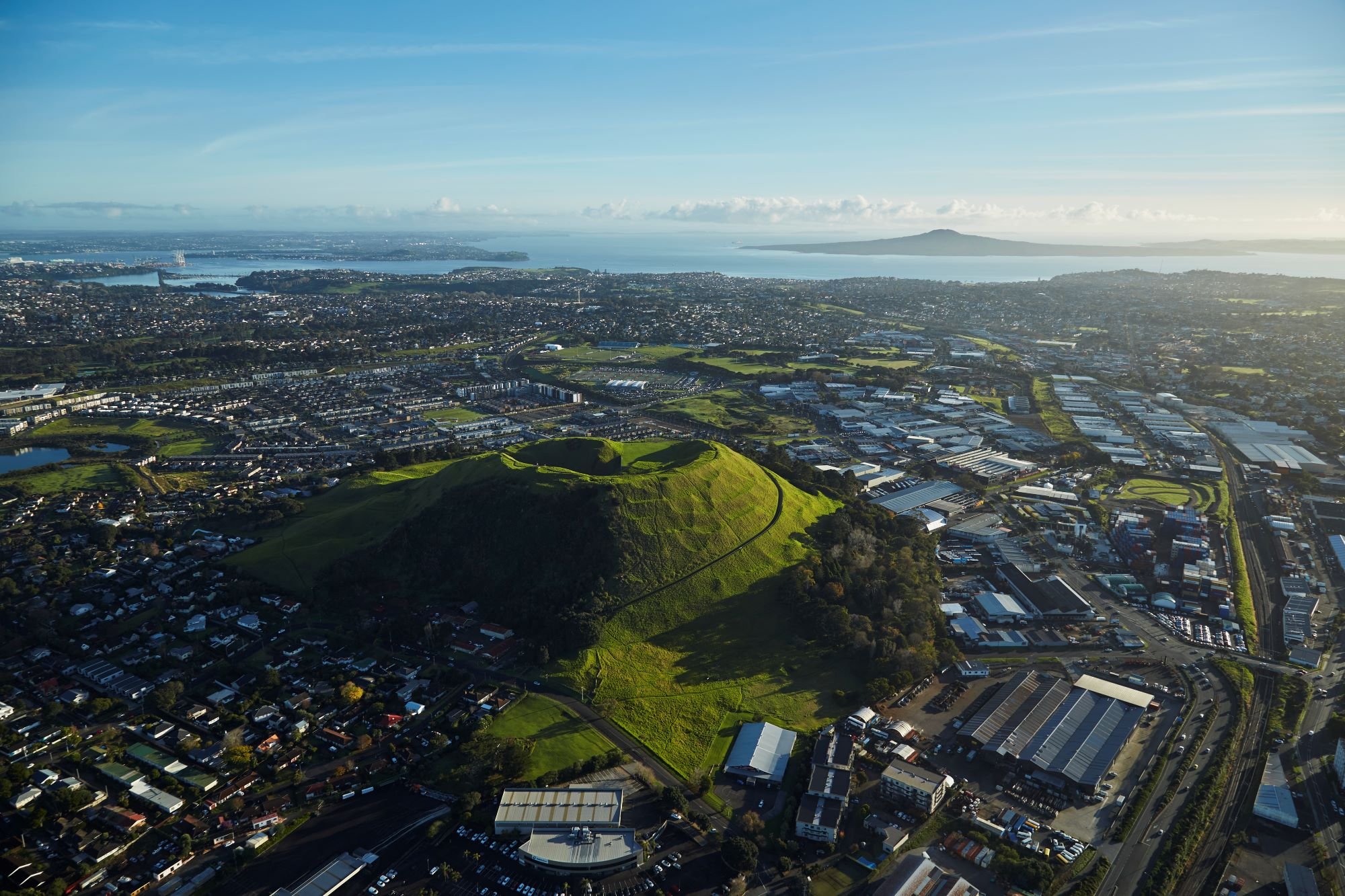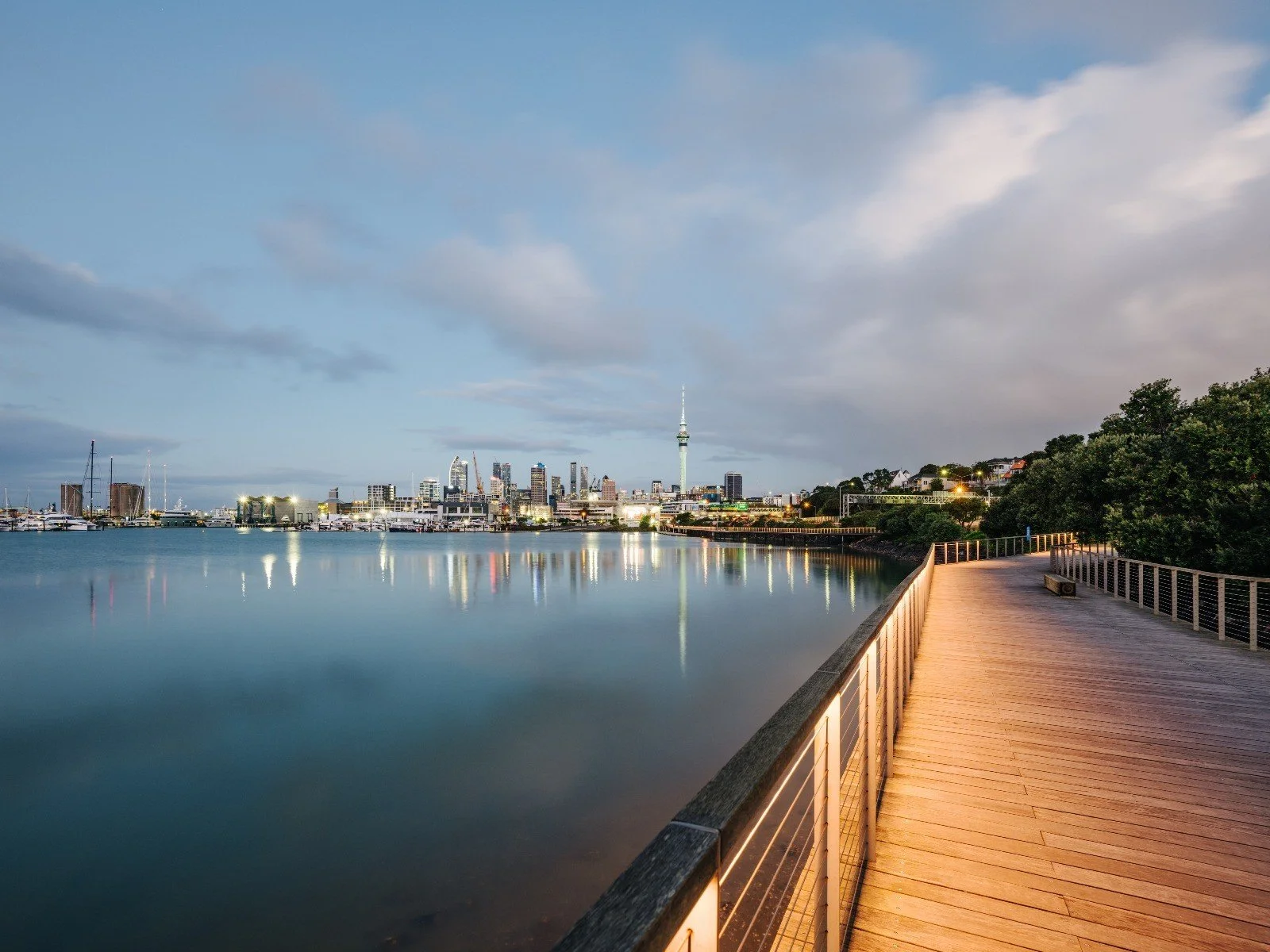
Auckland’s industrial employment areas
Despite the strong increase in employment in service industries over the last 20 years, industries which require industrial zoned land, such as manufacturing, wholesale trade and transport and postal and warehousing are still a considerable source of jobs in Auckland. These three industries still account for over 20% of jobs in the Auckland region, are highly productive in terms of their GDP output per worker, and are large employers of Māori and Pacific peoples.
Employment trends in Auckland’s key industrial areas: 2003 – 2023
| Industrial Area | Employment (2023) | Growth 2003-2023 (Jobs) | Growth % |
|---|---|---|---|
| Botany Junction | 8200 | 4350 | 113% |
| Wiri | 19,200 | 10,000 | 109% |
| Auckland Airport | 29,600 | 14,600 | 97% |
| North Harbour | 26,300 | 12,900 | 96% |
| East Tāmaki | 31,400 | 14,000 | 80% |
| Penrose | 30,700 | 8600 | 39% |
| Lincoln Road | 11,620 | 3200 | 38% |
| Great South Road | 16,810 | 4035 | 32% |
| Ōtāhuhu | 9630 | 2090 | 28% |
| Mount Wellington Industrial | 16,900 | 3600 | 27% |
| Rosebank Road | 9400 | 1300 | 16% |
| Glen Innes-Panmure | 11,310 | 390 | 4% |
| Wairau Valley | 11,100 | 200 | 2% |
| Onehunga-Te Papapa | 8,500 | -1100 | -11% |
Source: StatsNZ: Business Demography Statistics
Auckland’s industrial areas and infrastructure
These industries benefit from co-location in industrial employment areas given their interdependencies, as do parts of the construction sector (Auckland’s fastest growing industry over the last two decades). Furthermore, a range of support services also benefit from locating themselves alongside their customer base. Zoned industrial land supports these types of industry and is an important resource enabling the regional economy to flourish.
The 12 main industrial employment precincts in Auckland account for over a quarter of regional employment and a quarter of employment growth over the last 20 years. Auckland currently has a shortage of industrial land, with demand for industrial premises at elevated levels, resulting in historically low vacancy rates. Overall vacancy rates have not exceeded 2.5% since 2014, with prime grade industrial premises even scarcer at around 0.7%. Constraints on (re)development have intensified in recent times due to higher interest rates, tighter financing conditions and higher building costs.
-
Over the last 20 years, employment growth has occurred in industrial areas further out from central Auckland such as Auckland Airport, Botany Junction, Wiri and North Harbour. Most manufacturing employment growth, as well as growth in associated industries in higher value-add industries like wholesale trade, transport, postal and warehousing, has occurred in these areas over the last decade.
There has been far less employment growth in most of the region’s more central, typically older, industrial areas such as Wairau Valley, Rosebank Peninsula, Onehunga-Te Papapa, Otāhuhu and Glen Innes-Panmure. While manufacturing had long been the biggest employment sector in these well-established precincts, its importance has declined. East Tāmaki, with the addition of Highbrook and the newer industrial development at Botany Junction, is the exception here, especially post-GFC.
With a decline in manufacturing employment, public administration and safety has contributed strongly to employment growth in many of the older industrial precincts, highlighting the importance of public service provision for jobs. There has also been strong growth in lower value-add industries like retail and hospitality in Onehunga-Te Papapa, Penrose, Rosebank Peninsula, East Tāmaki and Wiri over the last 20 years.
A transition away from traditional industrial activity in some of these lower growth industrial areas is well underway, with large format retail and administrative type office uses replacing industrial uses. Smaller, predominantly older, areas like Onehunga-Te Papapa, Henderson, Avondale-New Lynn, Wairau Valley, Glen Innes-Panmure, Rosebank Road and Ōtāhuhu are constrained by size and limited available development potential. They are therefore not as well placed to attract firms in growth and higher value-add industries compared to larger and newer employment precincts (e.g. North Harbour, Auckland Airport, Botany Junction, Highbrook and Wiri) that have more prime grade industrial stock.
However, given low vacancy rates in these prime grade industrial sites, businesses looking to expand may also reconsider relocating outside of the Auckland region to find large industrial sites, e.g. in Northgate (100ha) and Ruakura (490ha) outside Hamilton. Such industrial parks are positioned to capitalise on land availability, large lots, improved roading and inland port facilities, to attract occupiers.
So, what does this all mean? According to the ‘Housing and Business Development Capacity Assessment for the Auckland Region (2023)’, Auckland could need to accommodate an additional 257,000 jobs by 2052 as its population and dwelling counts increase. Planning to accommodate these jobs, in the right places, to support productivity gains will be critical, and doing so in a way that aligns with our transition to a low carbon economy.
Sources: Vacancy rates – Colliers Auckland Industrial Report |Second Half 2023. Table – StatsNZ: Business Demography Statistics Change in industrial employment – StatsNZ: Business Demography Statistics
Auckland Economic Monitor
A summary of key economic information about the region
Auckland’s economy: What’s changed?
Deep dives
Cost of living
Inflation reached levels not seen since the 80s in 2022 and remains above historical levels.
Investment & trade
Auckland plays a significant role in the country’s investment and trade landscape.
Auckland’s industrial employment areas
Trends over the last two decades.











